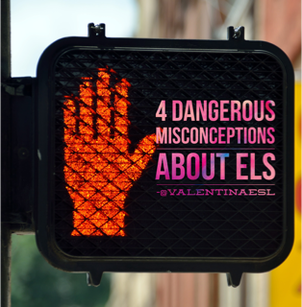 Those are YOUR kids. Fix them. One of the scariest things we can do is think that some of our students are someone else’s responsibility. When we embrace the understanding that “it takes a village” and that “we’re all in this together” our students will be better off. Our English Language Learners may be served by both a classroom teach and an ESL specialty teacher; however the ESL specialty teacher serves as a SUPPLEMENTARY teacher not as a replacement teacher. Every staff member that works with a child affects the child’s education…good or bad. Have you ever baked cookies in the oven without preheating the oven first and expected them to be finished within the same time the directions said? Do you remember how they came out? I've done this before because I was too impatient to wait for the oven to preheat. My cookies were raw...not finished, mushy...If I wanted them to taste right, they would need to stay in the oven longer.
I would like to argue that when we don't build background for students, we are essentially doing the same thing.
Systemic, campus-wide change…if that’s what you are looking for, this may be the answer for you.
I’ve often heard that campus leaders are looking for “a common thread that binds the campus”… “a thread that weaves naturally through pre-K to 5th grade in all classrooms”. Here’s how we successfully accomplished just that in our district in Texas. Recently, I read a book that I found practical and relevant to all grade levels and content areas. The book is called 7 Steps to a Language-Rich Interactive Classroom by John Seidlitz and Bill Perryman. I loved that it was research based and reader friendly. I decided to make this book into a hybrid online and face-to-face book study that campuses in my district could use. (But you can use any book that you feel is relevant to the needs of your campus.) What happens when the phrase professional development is mentioned to teachers? It's rarely met with smiles and high fives. Unfortunately, the success of traditional professional development is not that great. When we attend a one day face-to-face pd and then return to campus never to hear about the session again, it is often forgotten and not implemented.
As I reflect on my own career in education, I can safely say that I learned the most as a teacher during the years that I traveled through the building daily as an ESL co-teacher. Why? Because I taught side-by-side with various teachers K-5 and learned strategies and techniques from my peers. I saw what worked and what didn't and I tried my new tricks right away. This was job embedded professional development at it's best. How can we recreate this for any teacher on campus even if they don't co-teach in multiple classrooms daily? Enter Learning Walks----
We've all been there...we teach a lesson and then assess students only to find that the learning didn't stick. We are left with questions like : What happened? How did we fail them? What went wrong?
Making learning stick is our goal. We want our students to be able to grab on to newly learned words and skills. The problem is that if most of what they do in class doesn't give them the opportunity to internalize then learning won't stick. In 1982, Dr. James Asher introduced a learning method called Total Physical Response, TPR. This method connects language with a physical movement empowering students to stay engaged and active in learning and preventing them from becoming off task. Don't we all want that? Kids engaged, participating and actively learning! When we plan lessons that incorporate TPR, we become proactive in our approach to helping students learn and stay engaged instead or being reactive. |
Categories
All
|
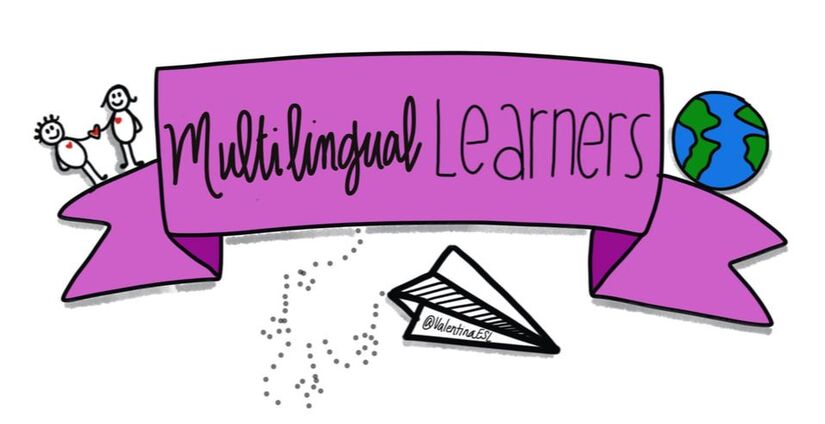
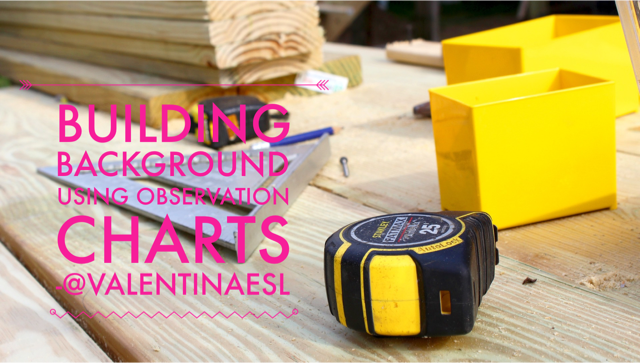
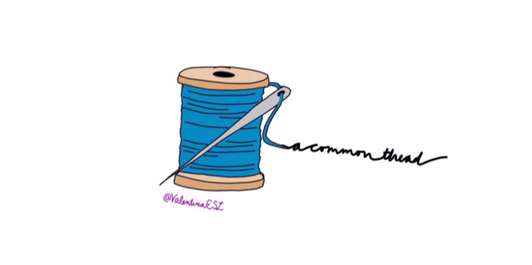
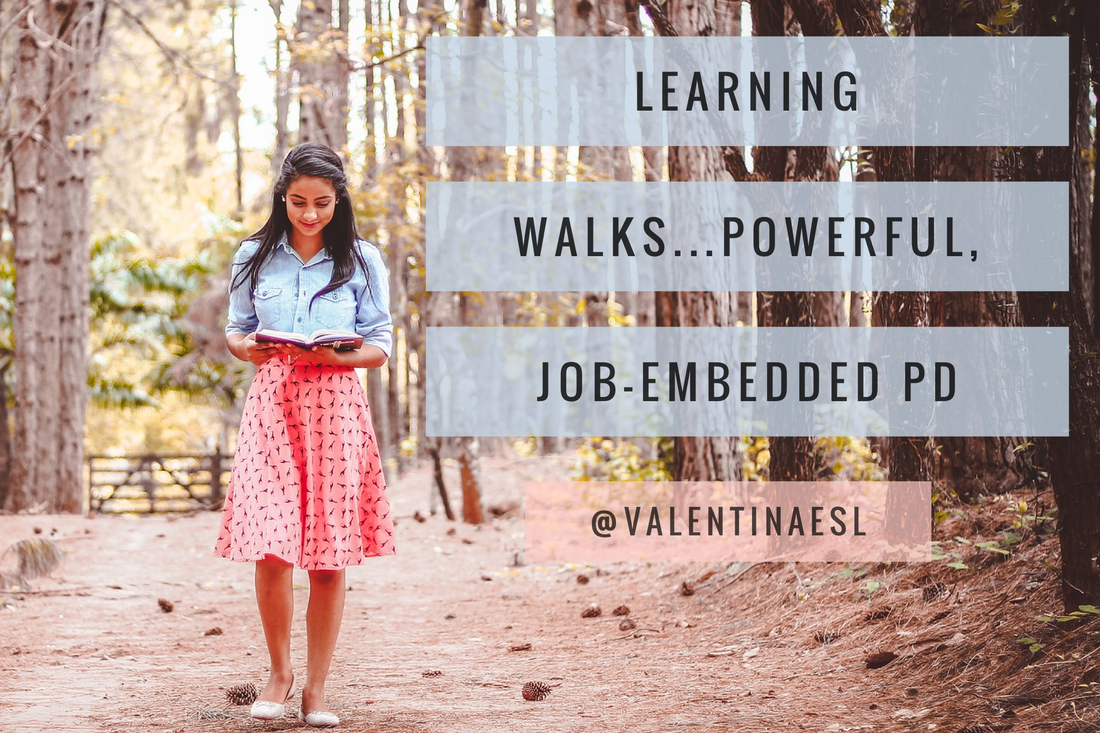
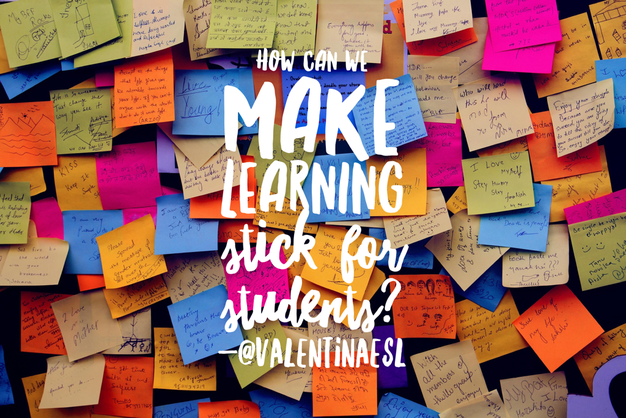
 RSS Feed
RSS Feed
